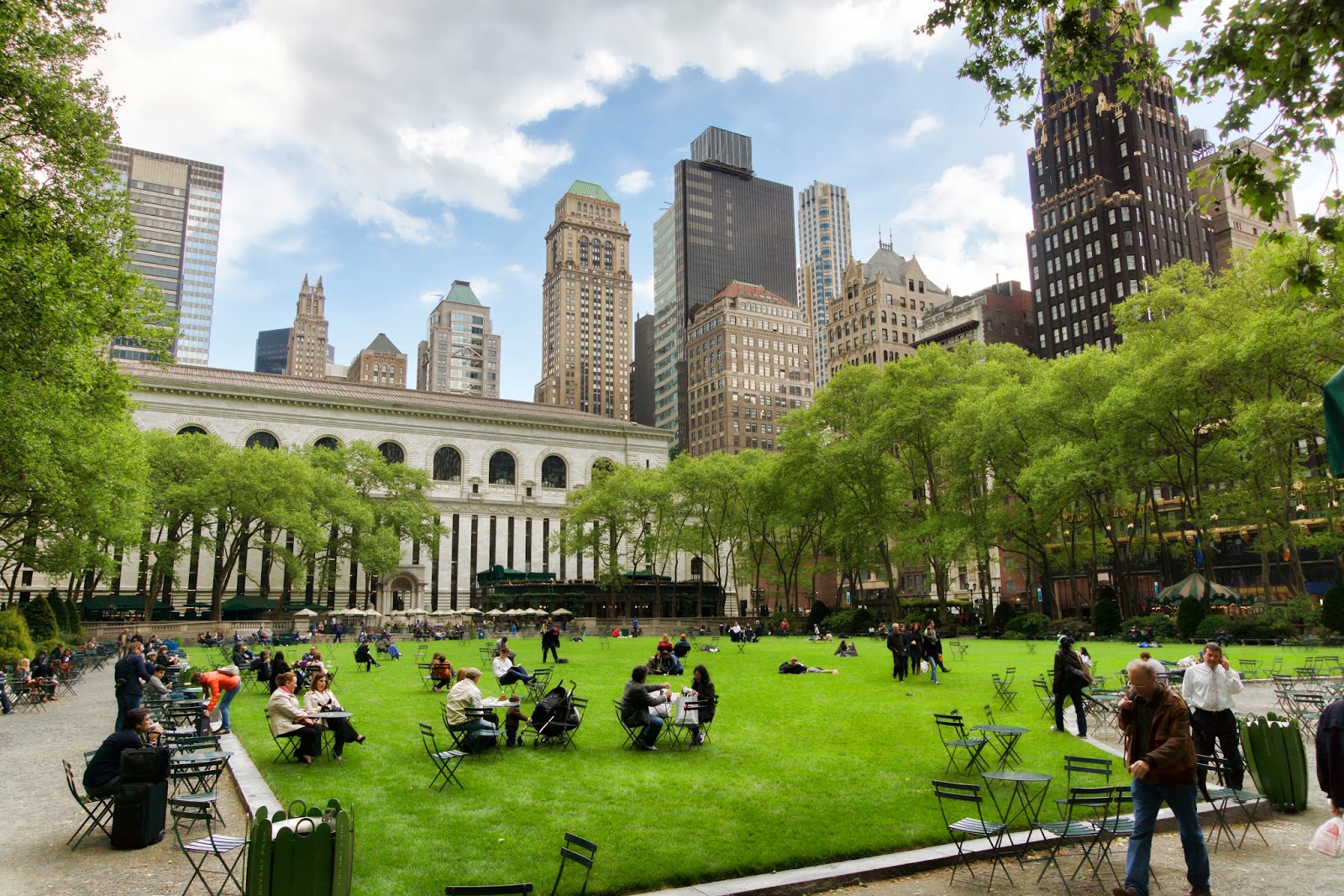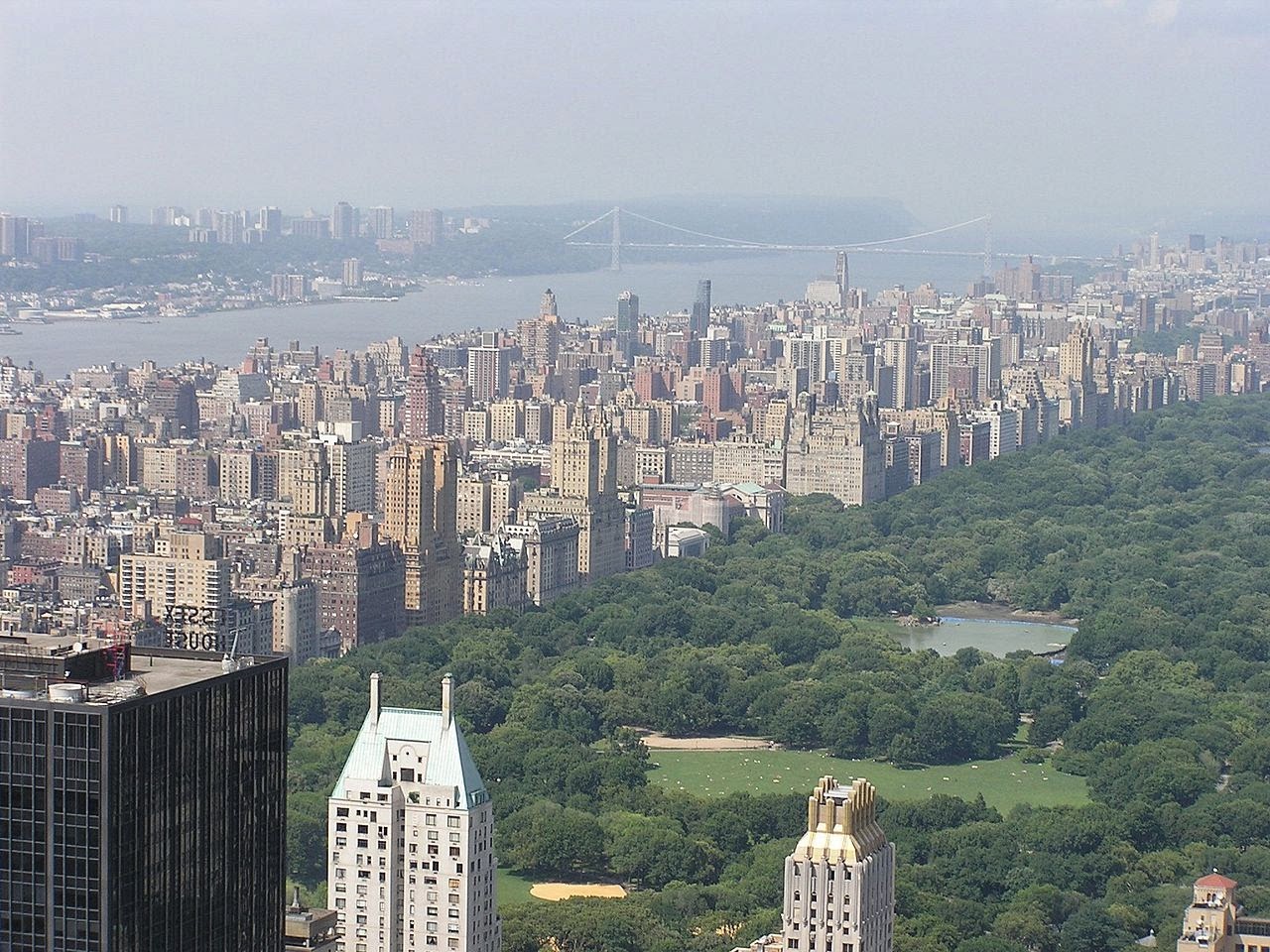Charging Bull, which is sometimes referred to as the Wall Street Bull or the Bowling Green Bull, is a 3,200-kilogram (7,100 lb) bronze sculpture by Arturo Di Modica that stands in Bowling Green Park near Wall Street in Manhattan. Standing 11 feet (3.4 m) tall and measuring 16 feet (4.9 m) long,the oversize sculpture depicts a bull, the symbol of aggressive financial optimism and prosperity, leaning back on its haunches and with its head lowered as if ready to charge.
 The sculpture is both a popular tourist destination which draws thousands of people a day, as well as "one of the most iconic images of New York" and a "Wall Street icon" symbolizing "Wall Street" and the Financial District.
The sculpture is both a popular tourist destination which draws thousands of people a day, as well as "one of the most iconic images of New York" and a "Wall Street icon" symbolizing "Wall Street" and the Financial District. Di Modica spent some $360,000 to create, cast, and install the sculpture following the 1987 stock market crash as a symbol of the "strength and power of the American people". The sculpture was the artist's idea, not the city's. In an act of "guerrilla art",he trucked it to Lower Manhattan and on December 15, 1989, installed it beneath a 60-foot Christmas tree in the middle of Broad Street in front of the New York Stock Exchange as a Christmas gift to the people of New York. That day, crowds came to look at the bull, with hundreds stopping to admire and analyze the gift as Di Modica handed out copies of a flier about his artwork.
Di Modica spent some $360,000 to create, cast, and install the sculpture following the 1987 stock market crash as a symbol of the "strength and power of the American people". The sculpture was the artist's idea, not the city's. In an act of "guerrilla art",he trucked it to Lower Manhattan and on December 15, 1989, installed it beneath a 60-foot Christmas tree in the middle of Broad Street in front of the New York Stock Exchange as a Christmas gift to the people of New York. That day, crowds came to look at the bull, with hundreds stopping to admire and analyze the gift as Di Modica handed out copies of a flier about his artwork.
The police seized the sculpture and placed it into an impound lot. The ensuing public outcry led the New York City Department of Parks and Recreation to install it two blocks south of the Exchange in the plaza at Bowling Green with a ceremony on December 21,
1989. It faces up Broadway.















